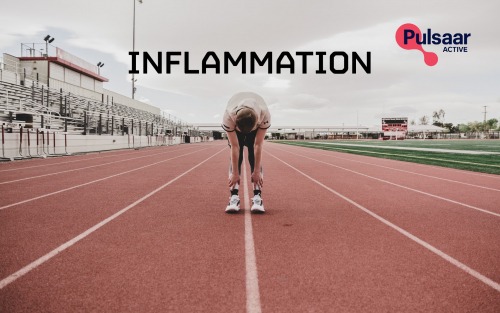Why do the Japanese never go to sauna? Technologically, Japan has always been a step ahead of the others, and they have widely used infrared saunas for some time. However, they have only become popular here during the last few years. We will speak about their advantages and disadvantages later.
To continue our series, our next article will analyze a topic that has become quite ambivalent, i.e., infrared therapy. It sounds like a therapy to avoid, though it should be just the opposite.
Currently, to discuss this therapy, we must understand what we are dealing with. We will speak about the electromagnetic spectrum. More precisely, a part of this spectrum is invisible to the naked eye.
What is the electromagnetic spectrum? A range that includes electromagnetic radiation frequencies and the respective wavelengths.
Before you pick up a foil hat, please read more about this spectrum and focus on the middle part. Here, we have the visible light of the electromagnetic spectrum, including the colours everyone knows, found in the environment surrounding us.
This means that we see the electromagnetic spectrum daily, perhaps without even realising it.
The image spectrum has wavelength sub-groups starting with the shortest. Each group is generated, used, and reacts to materials differently.
Regarding radiation, it is important to understand whether it is ionising or not. The radiation in question is not ionising. This word may not sound as scary as ‘radiation’ or ‘infrared’, but it still begs an important question: Will the radiation affect my molecular structure and be able to separate electrons from the atom core?
More simply, will there be irreversible changes on atomic level, including in human cells or DNA?
Several things can take place if someone is subjected to ionising radiation: nothing happens; tissue is damaged, but recovers; tissue is damaged, but does not recover and mutations are possible; the tissue dies.
Now about the infrared radiation. The term “infrared” comes from the Latin word “infra”, meaning “under” the red colour, as the red colour is the visible light with the longest wavelength visible to the human eye.
There are three sub-categories depending on the wavelength: short (0.7-1.4 mm), medium (1.4-1.5 mm), and long (15-1000 mm). Each category differs as to its functions and use, but we will look at the medium and long spectrum that has very desirable properties.
What happens during infrared therapy?
The irradiated surface of the skin becomes warmer internally
Capillaries almost immediately expand, stimulating micro-circulation
Any fluid in the extracellular compartment is excreted resulting in a situation favourable to alleviating the inflammation, pain, and swelling
Greater lymphatic and blood circulation, as well as more active metabolism, contribute to faster healing of the tissue
Ability to recover after injuries, including after training sessions, significantly increases
OK, but where and how can I test this?
You have probably heard about infrared saunas where people stay longer and at lower temperatures than in regular saunas. This is a place where the entire body can enjoy such procedure.
Another option is to see a physical therapist to find out about the accessibility of such procedures with much smaller devices that can irradiate specific areas of the body.
What to do if you do not want to go to a sauna or see a doctor?
We have a solution: Pulsaar Active products that ensure that all of these properties are made available in convenient and functional clothing, and that allow you to continue your daily routine without any loss of comfort and with enhanced performance.
Please also read other articles in this series to find out more and better understand the underlying Pulsaar Active principles and functions.


